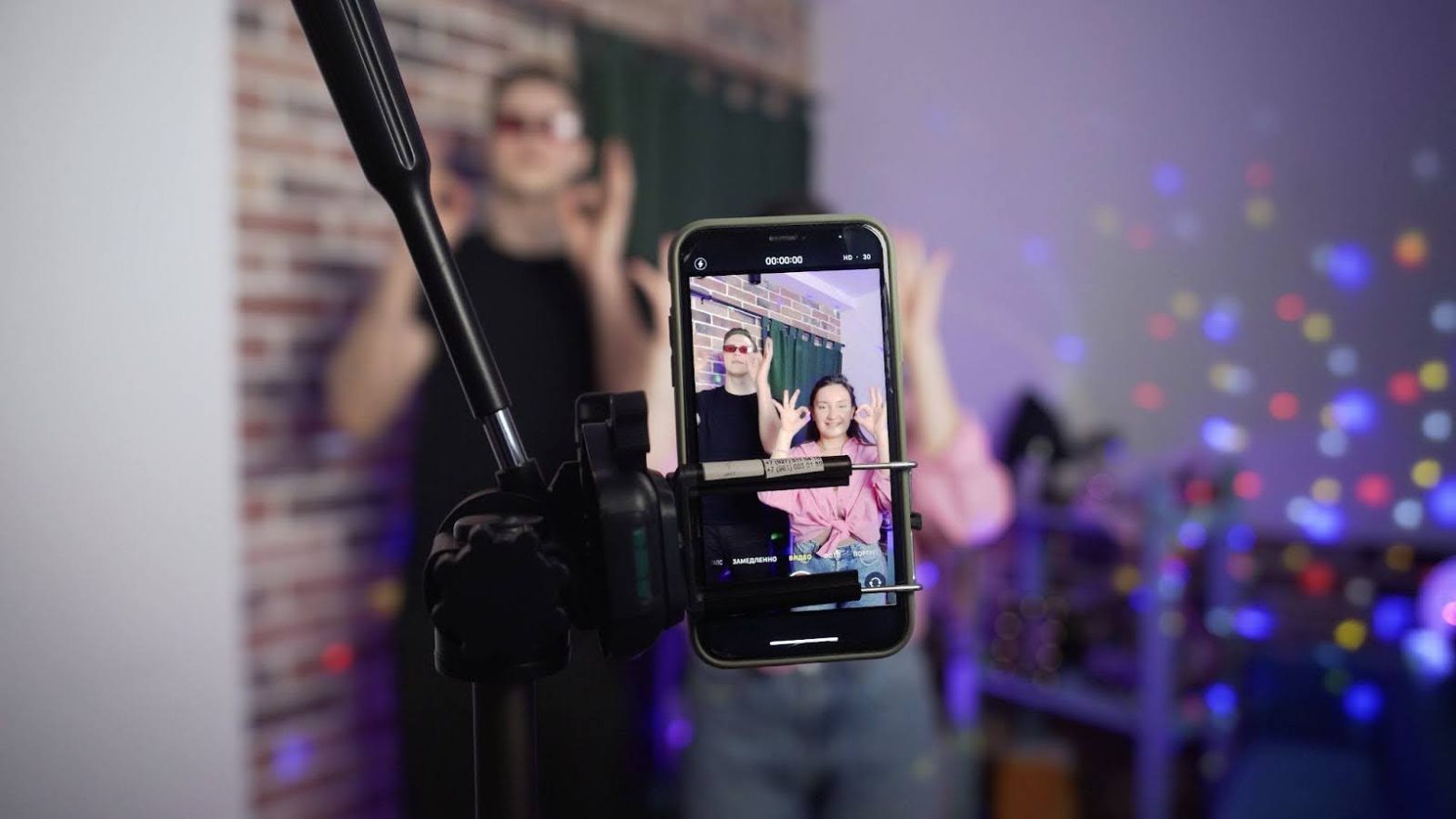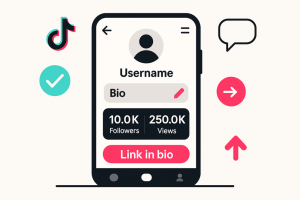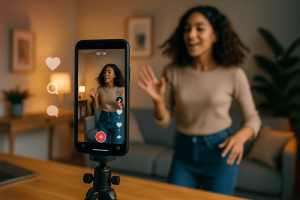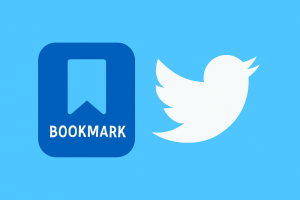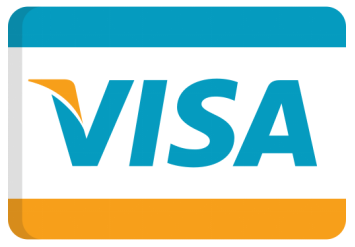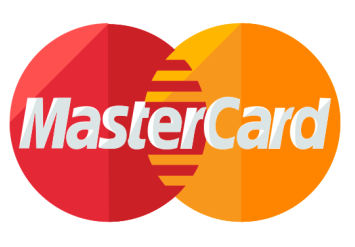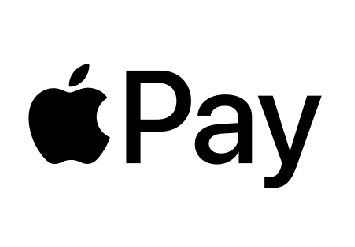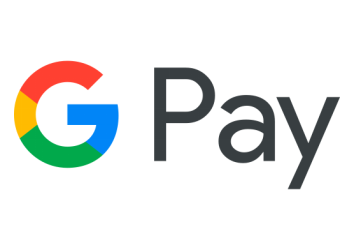Copyright is a legal right that safeguards original content like books, music, videos, and songs from theft. When something is copyrighted, it cannot be posted, shared, or distributed without permission. The same rules apply to TikTok, so be cautious about what you include in your videos to avoid infringement.
But if you have already received a TikTok copyright claim, this article will help you remove it and avoid it in the future.
What Is a Copyright Claim?
A copyright claim on TikTok happens when someone reports the music, image, or clip in your video for breaking intellectual property rights. If TikTok detects or receives a report of copyright infringement, the platform may take actions that may affect your profile. Some of the common consequences include:
- Muted audio
- Removed video
- Restricted visibility
If you continue being reported and receive copyright claims, the violations can lead to account penalties, including suspension or termination. To avoid copyright claims, always ensure that the content you use is either original or properly licensed.
How to Remove Copyright Claim on TikTok?
If you have created a video that you own, it means that no one else can use it, and it is automatically under copyright protection. But if you use someone else’s content, you might be in trouble. To remove the copyright claim on TikTok, do the following:
- Review the Claim: Check the notification from TikTok, as it will explain the nature of a copyright claim. It typically involves unlicensed music, video clips, or other content.
- Replace or Remove Infringing Content: If possible, replace the copyrighted audio or visuals in your video with TikTok’s royalty-free music or original content. TikTok offers an extensive library of music you can use without worrying about copyright.
- Appeal the Claim: If you believe the claim is a mistake or you have the rights to the content, you can file an appeal directly through TikTok. Provide any necessary documentation to support your claim (e.g., proof of licensing).
- Delete the Video: If you can’t resolve the issue or don’t want to appeal, the simplest option is to delete the video to avoid further action on your account.
Hopefully, these actions will help you remove the copyright claim and continue creating new content without barriers.
What Happens When You Receive a TikTok Copyright Claim?
Being a TikTok creator is hard, but what’s even more stressful is being checked each time you post a video. For example, if you add a song to your video, the platform will verify whether you used licensed copyright-free music.
If you added a song you were not supposed to, you will have to face consequences. The first time you receive a copyright claim, TikTok can either mute the song or remove the video from the platform. You will surely be informed by the system if this happens. Afterward, you can choose to appeal the claim if you believe the music you added is free for you to use.
What happens after receiving multiple copyright claims? Unfortunately, nothing good. If you have used a protected intellectual property without permission on TikTok, your account may be suspended or terminated. What’s more, you may be banned from creating a new account.
How Do You Appeal a Copyright Claim on TikTok?
Receiving a copyright claim is not the end of the world. You can appeal it if you believe TikTok made a mistake and you are authorized to use the copyrighted material in your video.
Here is how to do it:
- Locate the in-app notification from the day your video has been flagged or removed for copyright infringement.
- Click on it and submit an appeal using the app.
- If you cannot find the notification, you can submit a counter-notification form.
- Provide all the requested information, including contact details and any evidence you may have.
Note that TikTok will not consider your appeal valid for the following reasons:
- You have used a small portion of the copyrighted material.
- There are other TikTok users who use the same intellectual property.
- You do not own the copyright to the content.
- You were not aware that you were not allowed to use the content without permission.
- Posting the content is protected under the right to freedom of expression.
What Can You Do to Avoid Copyright Strikes on TikTok?
Avoiding copyright issues is simpler than responding to a comment. Steering clear of music copyright violations is easy if you follow these steps:
- Before uploading a video, go to Creator Tools and launch the Video Sound Copyright check. The platform will run some tests to see whether you need any permissions.
- Choose music from TikTok’s library with hundreds of copyright-free songs.
- Share your own original content instead of using someone else’s content.
- Be creative and try to record videos that are unique and unlike any other on the platform.
Create TikTok Video without Barriers
Knowing how to create content that will perform well and won’t be removed due to copyright issues is important to your success and relationship with your audience. Now that you’ve learned more about TikTok’s copyright policy, you can publish videos knowing that they won’t be flagged or reported, earning you consistent views and engagement rates.
If you are looking for ways to grow your TikTok without having to spend months on expanding your reach, get in touch with Bulkoid to find how we can help you!
FAQs About TikTok Copyright Policy
What happens if I violate TikTok’s copyright policy?
If you violate TikTok’s copyright policy, the platform may mute the audio, restrict visibility, or remove your video. Repeated infringements can result in account penalties, including suspension or permanent removal.
Can I use any song or video clip in my TikTok content?
No, you can only use songs or video clips that you own, have permission to use, or are available in TikTok’s licensed music library. Using copyrighted material without permission can result in a copyright claim.
How do I avoid copyright issues on TikTok?
To avoid copyright issues, use music and content from TikTok’s licensed library or create your own original material. Always ensure that any external content is either royalty-free or that you have proper rights to use it.

